The Galápagos Islands are an archipelago located in the Pacific Ocean, approximately 1,000 kilometers (620 miles) off the coast of Ecuador in South America. The archipelago consists of 18 main islands, 3 smaller islands, and numerous islets.
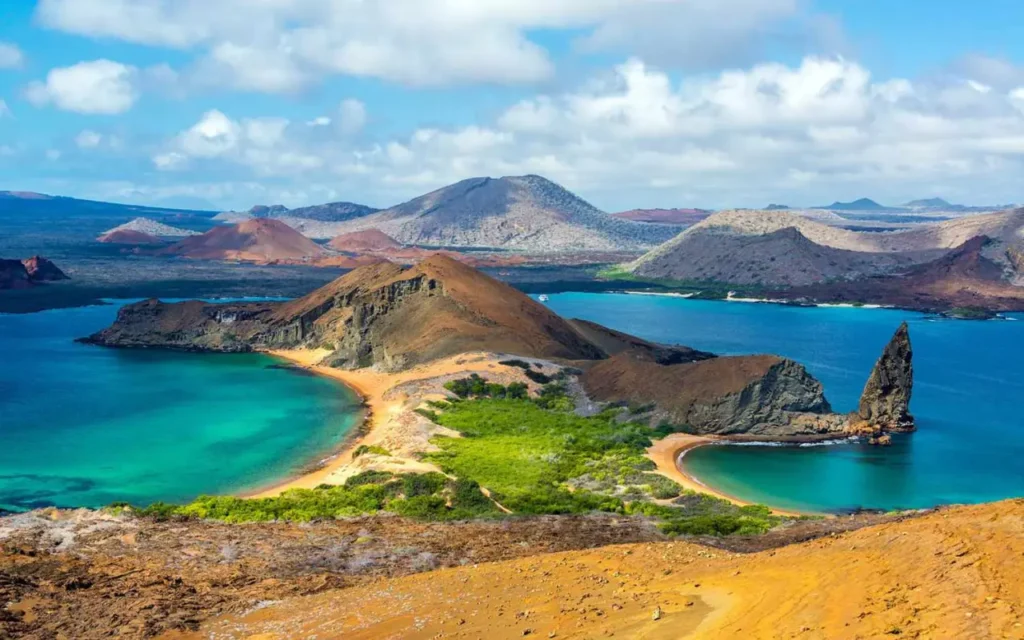
Some information about the Galápagos Islands
The Galápagos Islands are famous for their unique biodiversity, stunning landscapes, and their historical significance in shaping Charles Darwin’s theory of evolution.
Biodiversity
The Galápagos Islands are a UNESCO World Heritage Site and a living laboratory of evolution. They are home to a remarkable array of plant and animal species, many of which are found nowhere else on Earth. The islands’ isolated location allowed for the development of endemic species, including the iconic Galápagos giant tortoises, marine iguanas, Galápagos penguins, flightless cormorants, and Darwin’s finches. The archipelago’s marine ecosystem is equally diverse, with various species of sharks, sea lions, dolphins, and an abundance of marine birds.
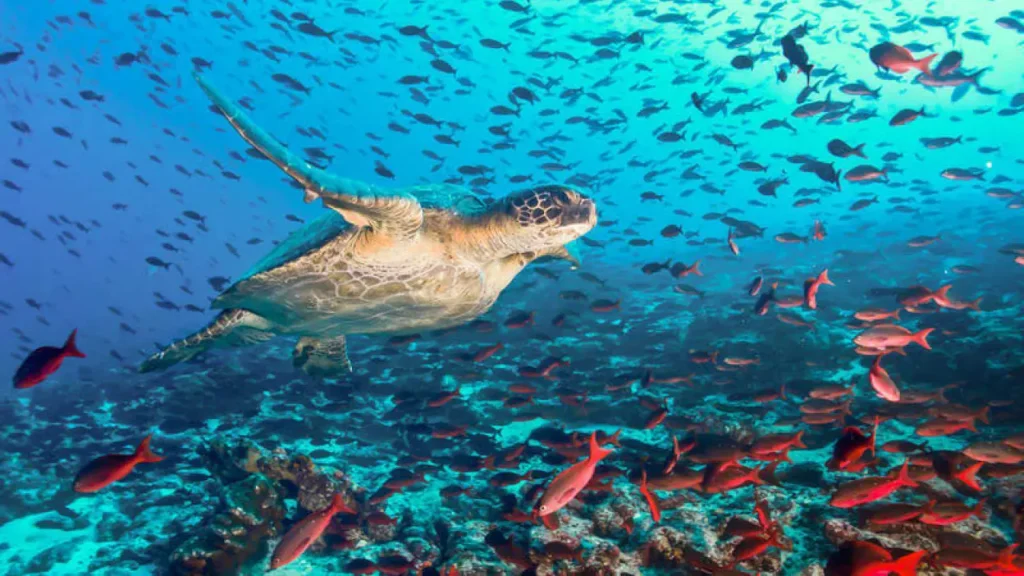
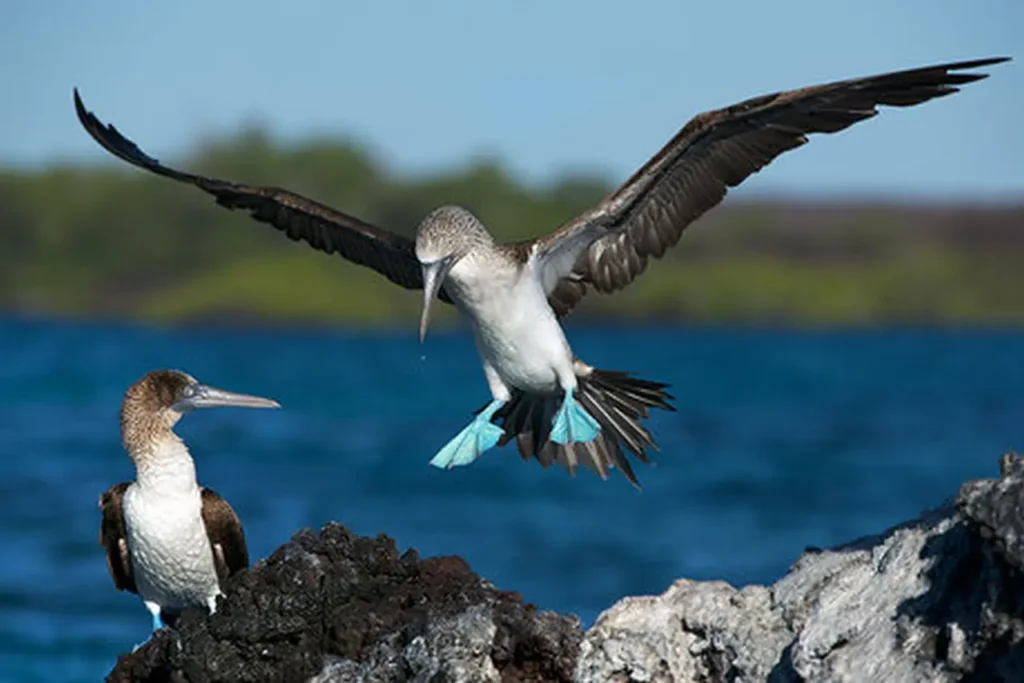
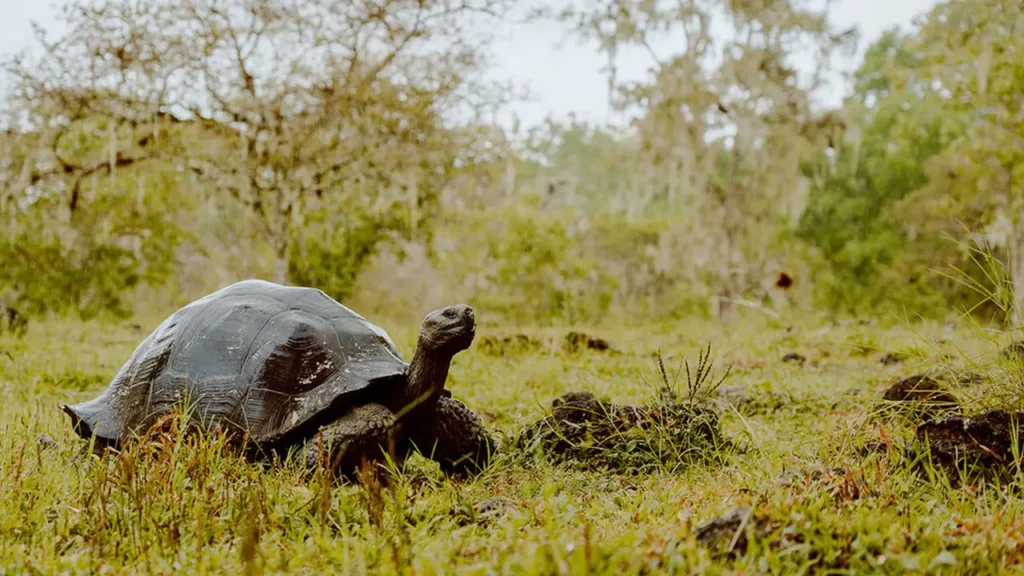
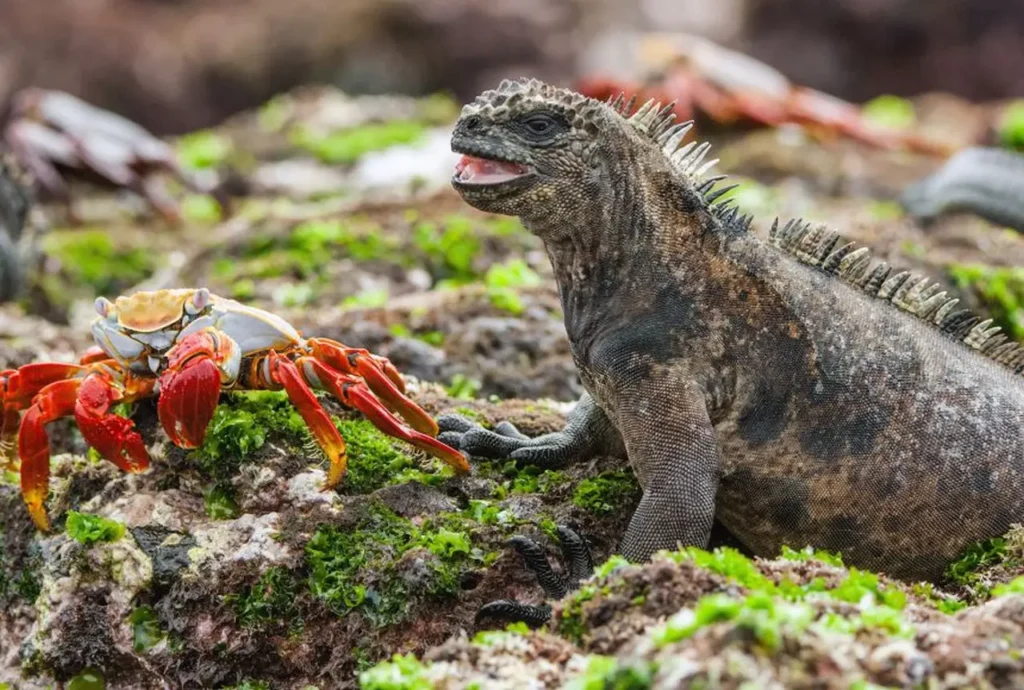
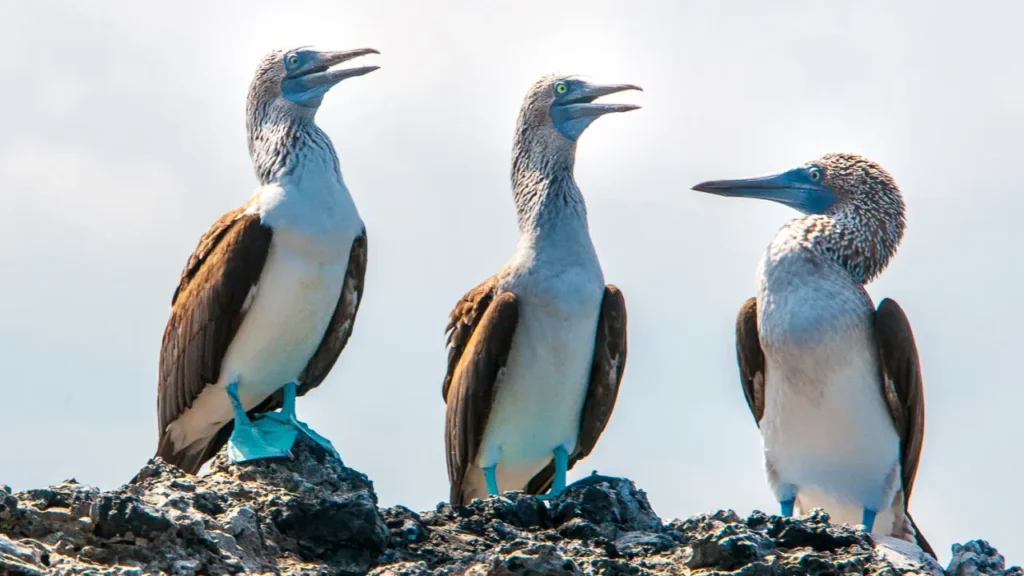
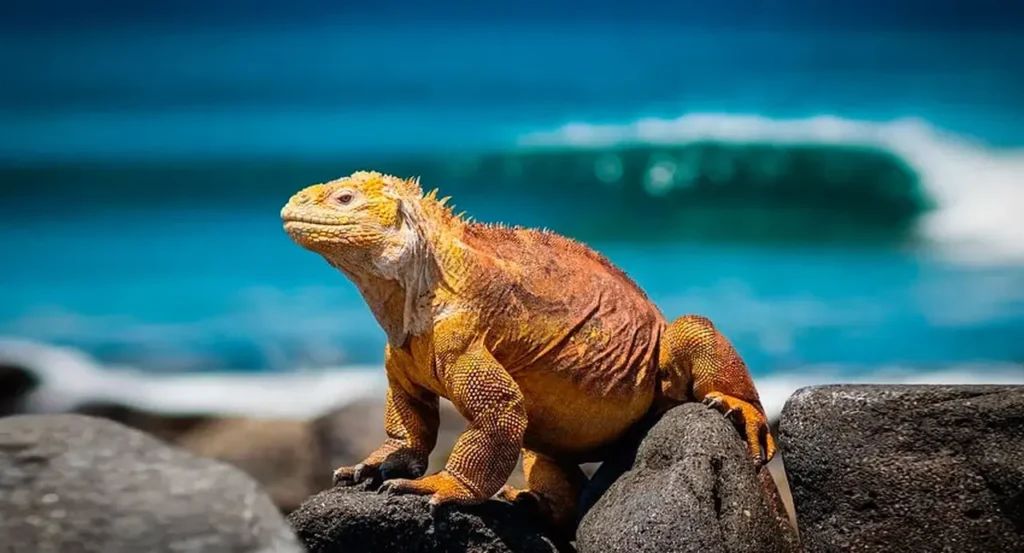
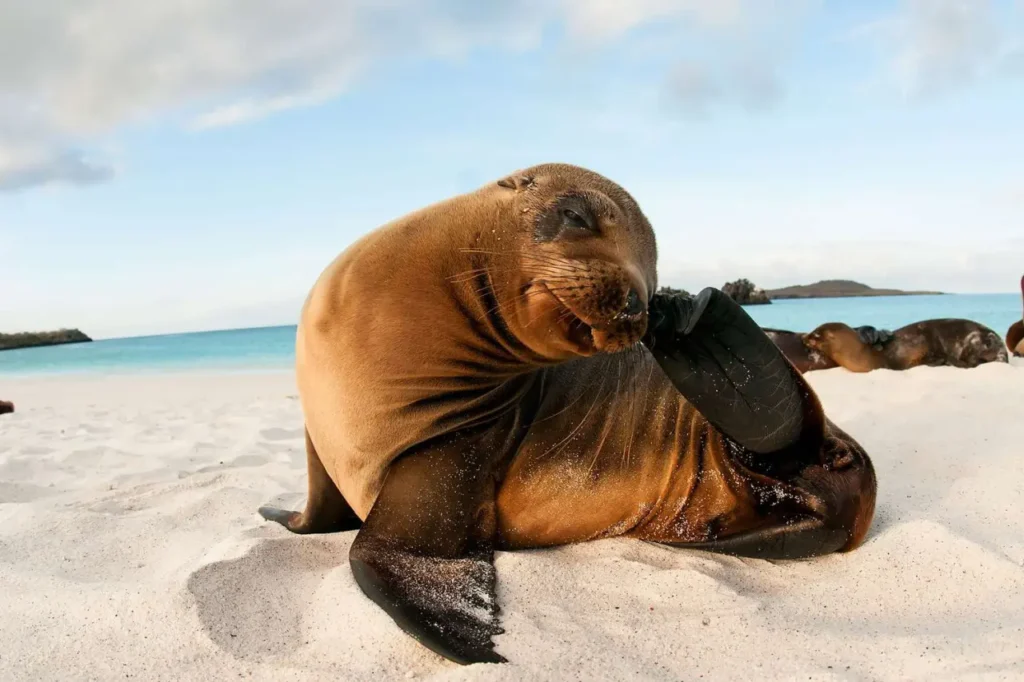
Conservation
The Galápagos Islands are protected as a national park and a marine reserve. Strict regulations are in place to preserve the islands’ fragile ecosystems and minimize human impact. Visitors must adhere to guidelines, such as staying on marked trails and maintaining a safe distance from wildlife. These measures aim to protect the unique flora and fauna that make the Galápagos so special.
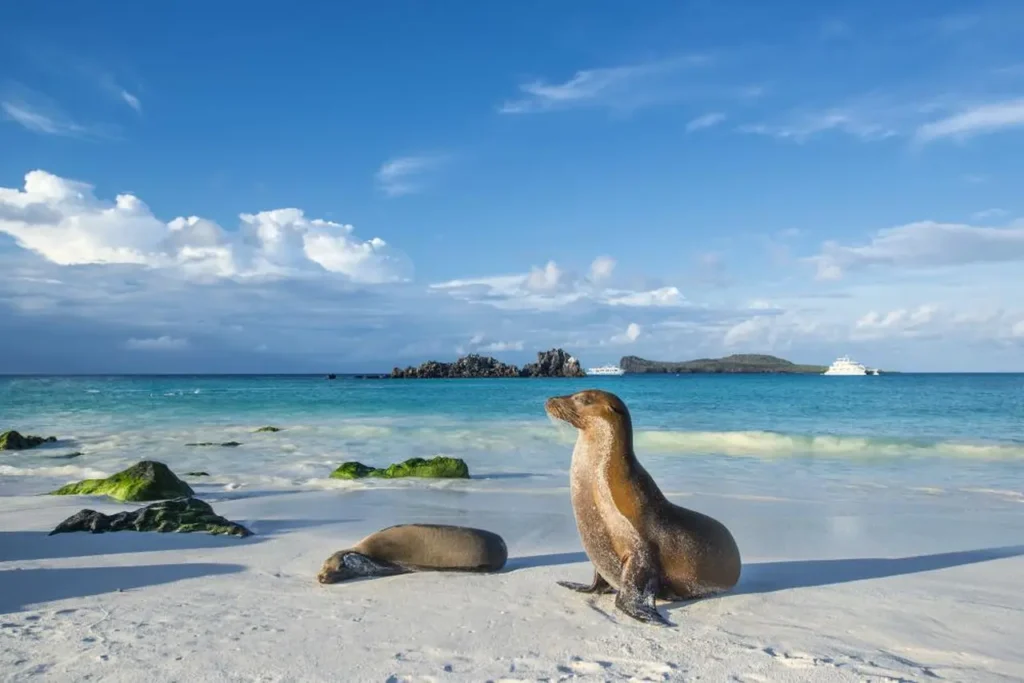
Natural Landscapes
The islands offer a diverse range of landscapes, including volcanic formations, lava fields, sandy beaches, mangroves, and highland forests. Each island has its own distinct geography and microclimate, creating a variety of habitats for different species. The volcanic origin of the islands is evident in their dramatic landscapes, with volcanic cones, craters, and lava tunnels forming prominent features.
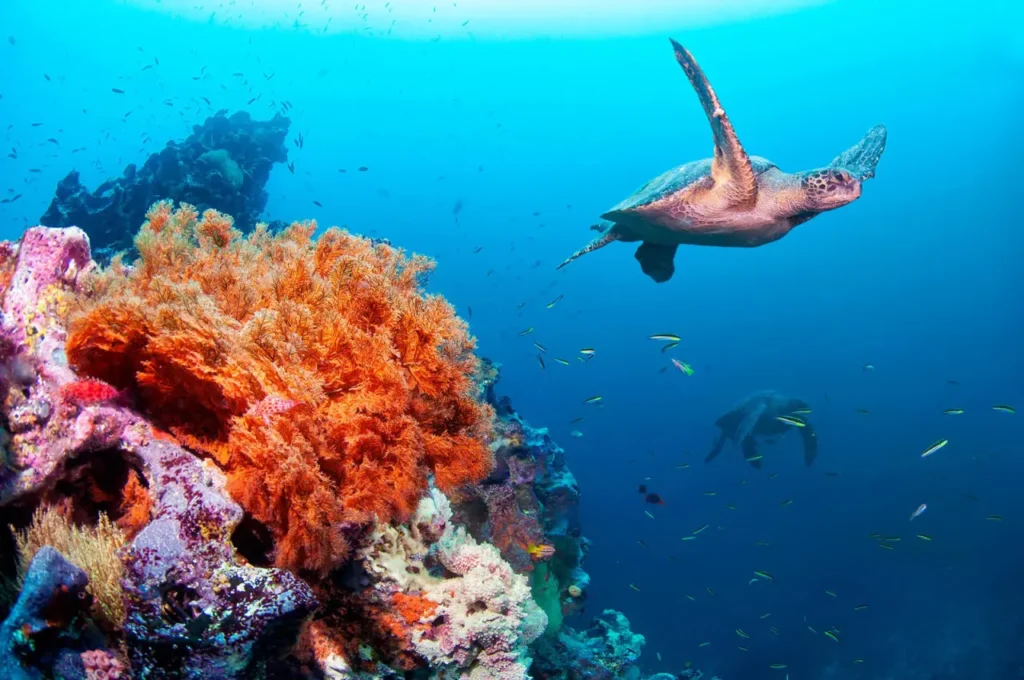
Wildlife Encounters
One of the main attractions of the Galápagos Islands is the opportunity to observe wildlife up close. The animals in the Galápagos have evolved with minimal fear of humans, allowing for remarkable interactions. Snorkeling and diving in the surrounding waters provide opportunities to swim with sea turtles, playful sea lions, colorful fish, and even sharks. Guided land tours offer encounters with unique species, allowing visitors to appreciate the islands’ remarkable biodiversity.
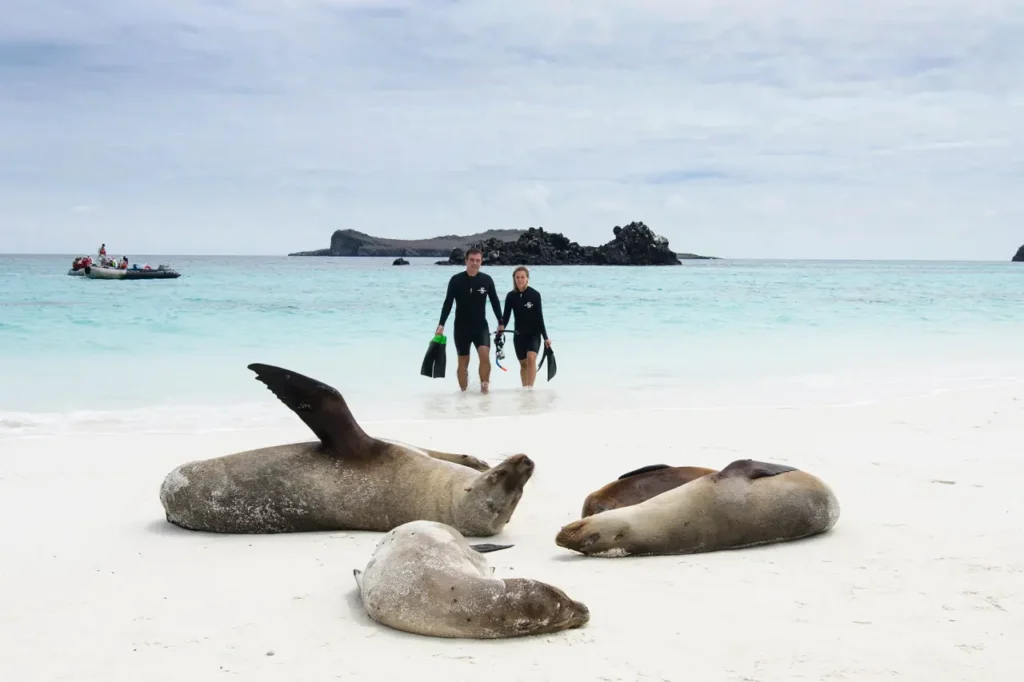
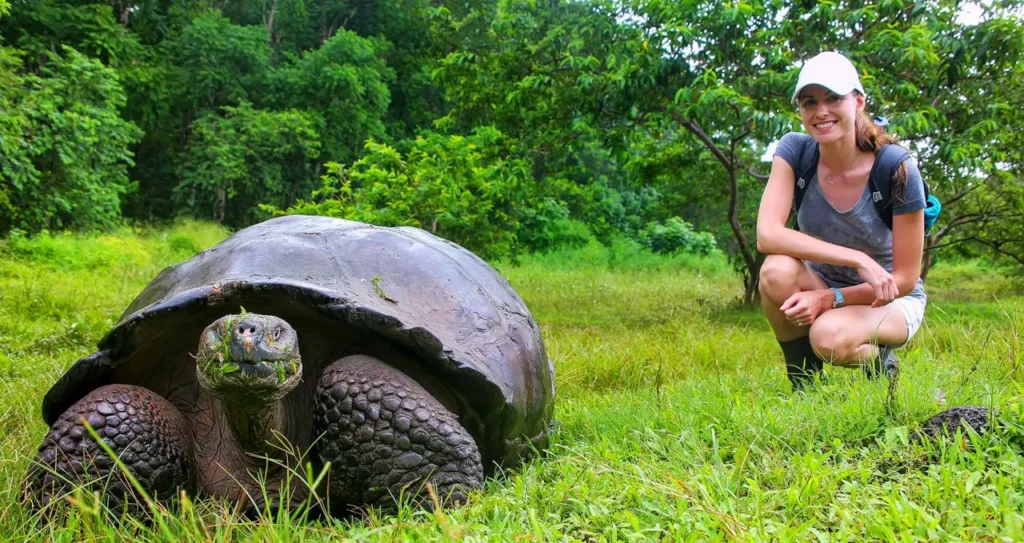
Activities
Visitors to the Galápagos Islands can engage in various activities to explore and appreciate the natural wonders. These include guided hikes, wildlife cruises, snorkeling, scuba diving, kayaking, and birdwatching. The islands offer numerous visitor sites with designated trails and visitor centers, providing educational information about the islands’ history, geology, and wildlife.
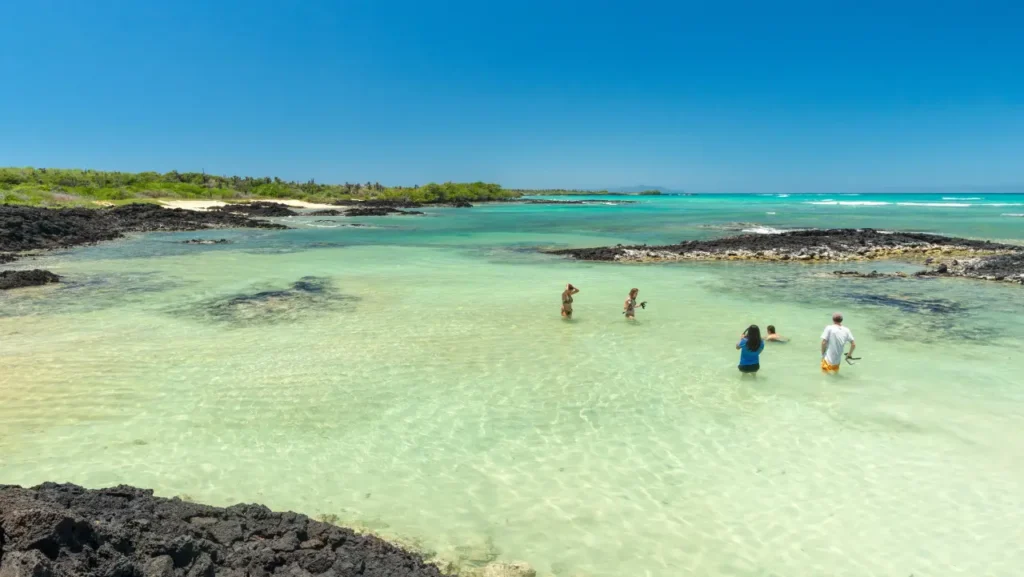
Charles Darwin and Evolution
The Galápagos Islands played a significant role in the development of Charles Darwin’s theory of evolution by natural selection. Darwin visited the islands in 1835 during his voyage on the HMS Beagle. He observed the distinct adaptations of species to their specific island environments, leading to his groundbreaking ideas on evolution. The islands continue to inspire scientists and researchers studying evolutionary biology.
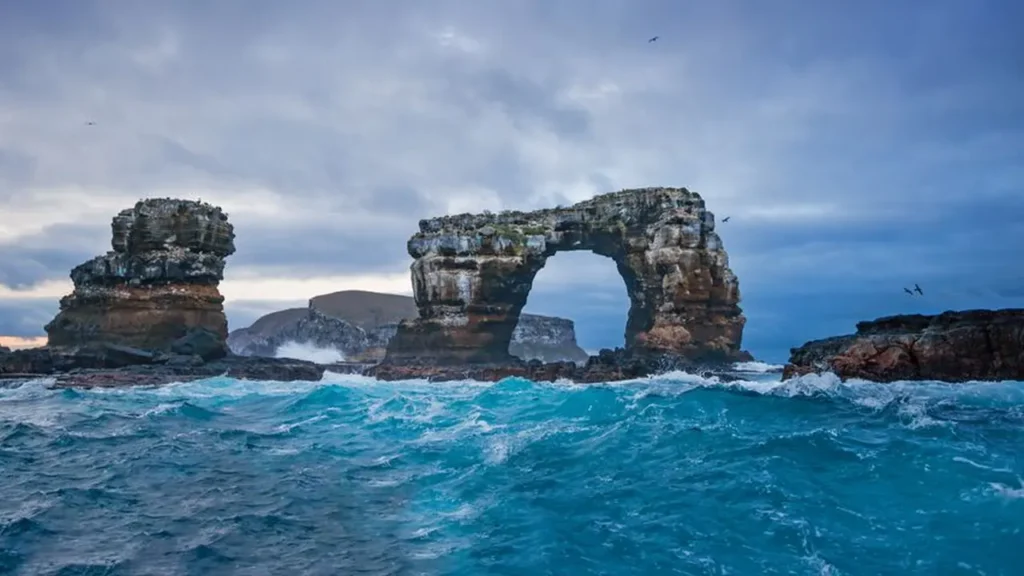
Visiting the Galápagos Islands is a once-in-a-lifetime experience, offering a unique opportunity to witness nature’s wonders and gain insights into the process of evolution. The islands’ commitment to conservation ensures that future generations can continue to appreciate and learn from this extraordinary natural treasure.
Some activities at the Galápagos Islands
The Galápagos Islands offer a plethora of interesting things to see and do. Here are some of the highlights
Unique Wildlife Encounters
The islands are famous for their remarkable wildlife, including species found nowhere else on the planet. Interacting with these animals in their natural habitats is a truly unforgettable experience. You can observe giant tortoises in their slow-paced existence, snorkel with playful sea lions, swim alongside sea turtles, and spot an incredible array of bird species, such as blue-footed boobies, Galápagos penguins, and frigatebirds.
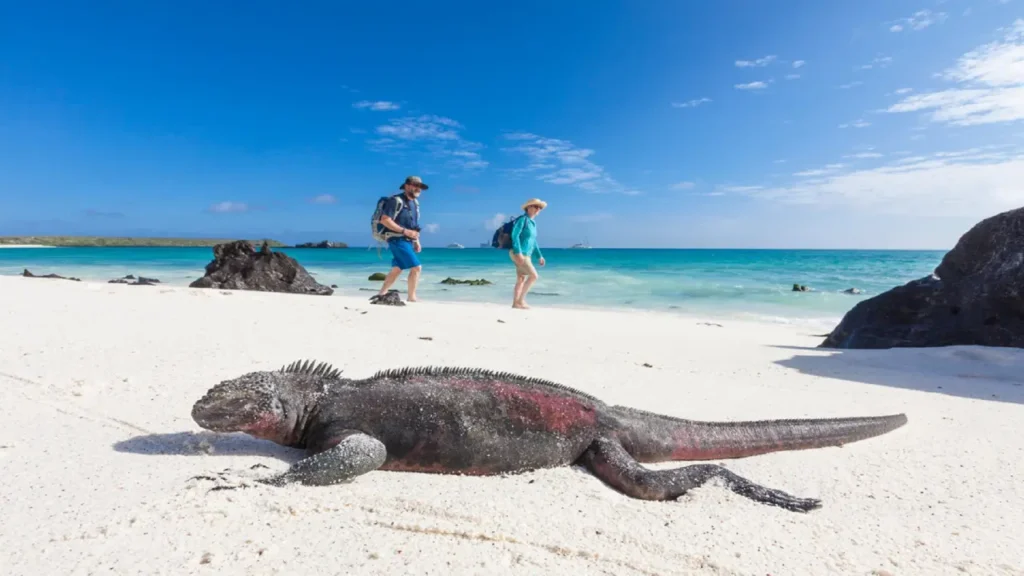
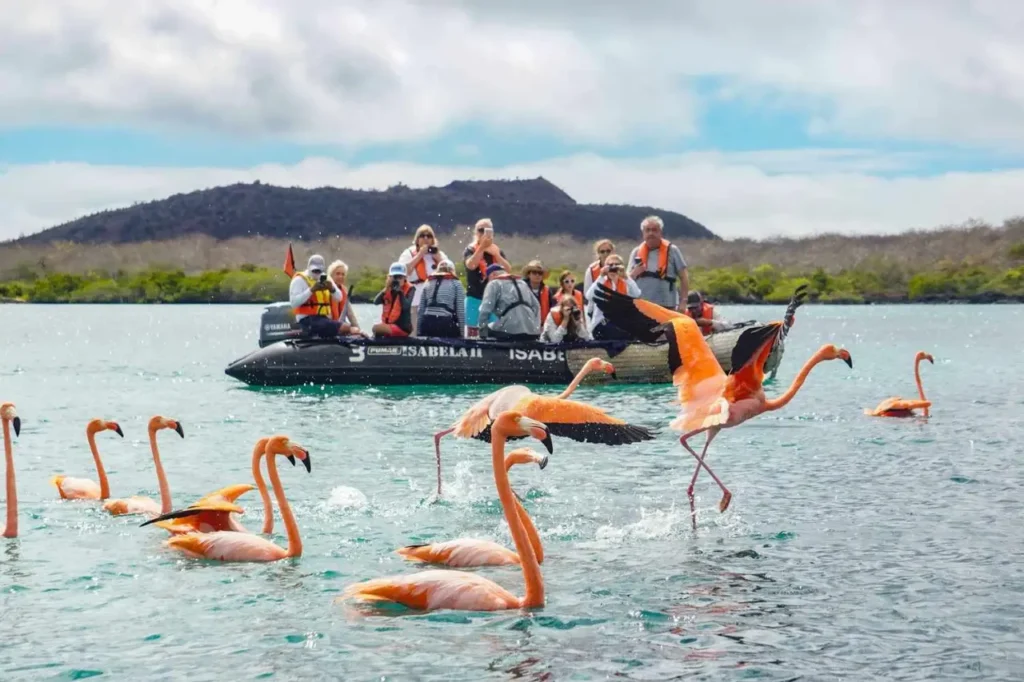
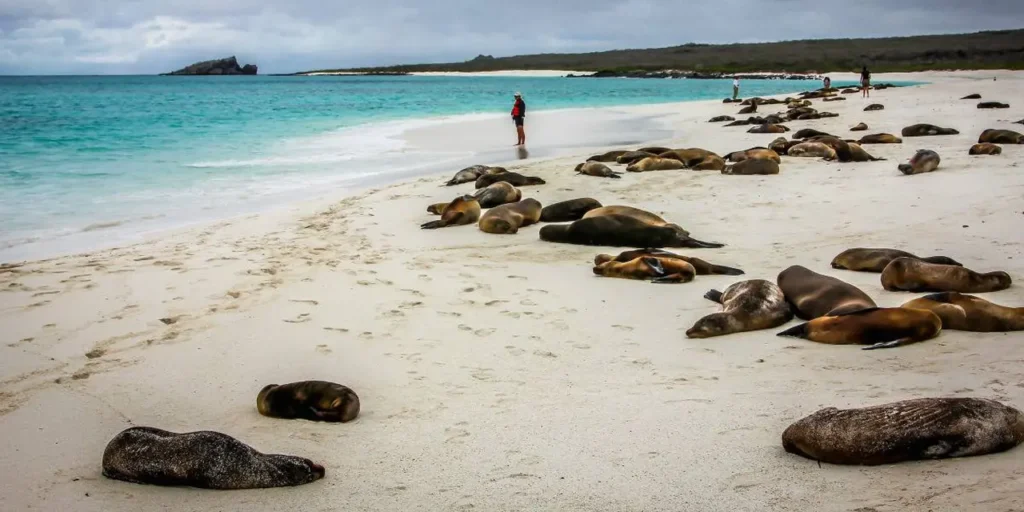
The Galápagos Giant Tortoises
These gentle giants are one of the most iconic species of the archipelago. Visitors can see them roaming freely in designated areas, such as the Santa Cruz Highlands, and learn about their conservation efforts at the Charles Darwin Research Station.
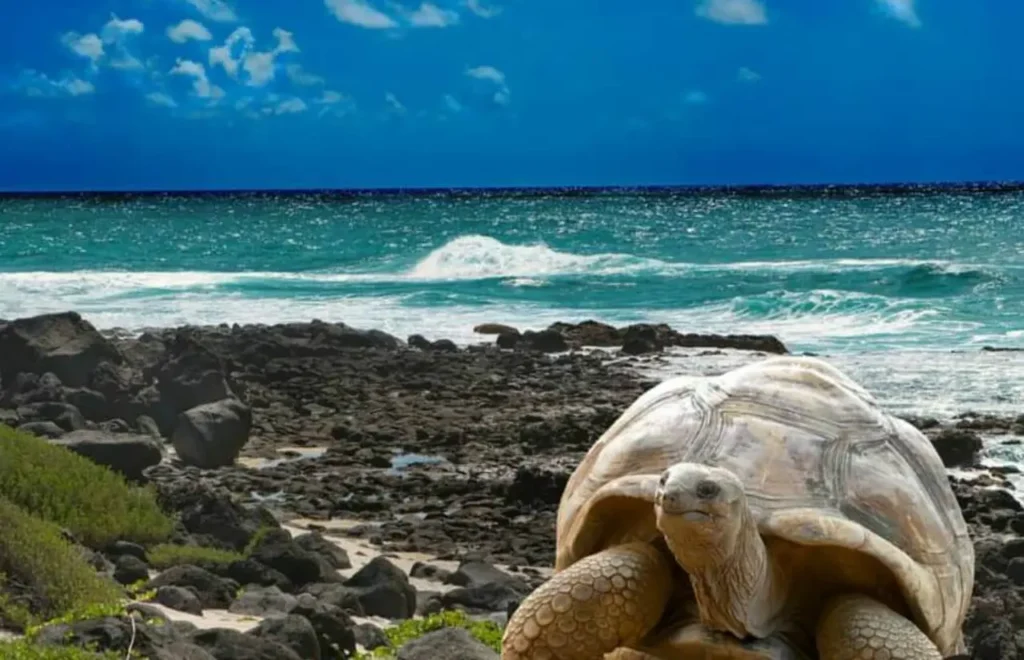
Marine Activities
The Galápagos Islands are a paradise for snorkelers and divers. The crystal-clear waters teem with marine life, from colorful fish to playful sea lions and even sharks. Exploring the underwater world allows you to witness the incredible biodiversity of the archipelago.
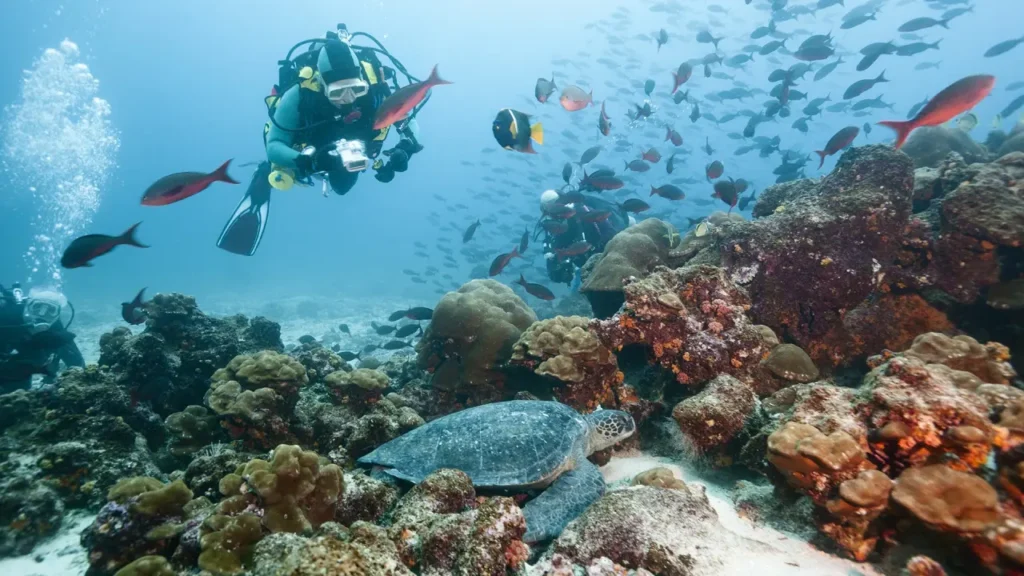
Volcanic Landscapes
The Galápagos Islands were formed by volcanic activity, and the remnants of this fiery past can be seen throughout the archipelago. You can visit volcanic craters, hike across lava fields, and even explore lava tunnels. The otherworldly landscapes provide a sense of being in a place untouched by time.
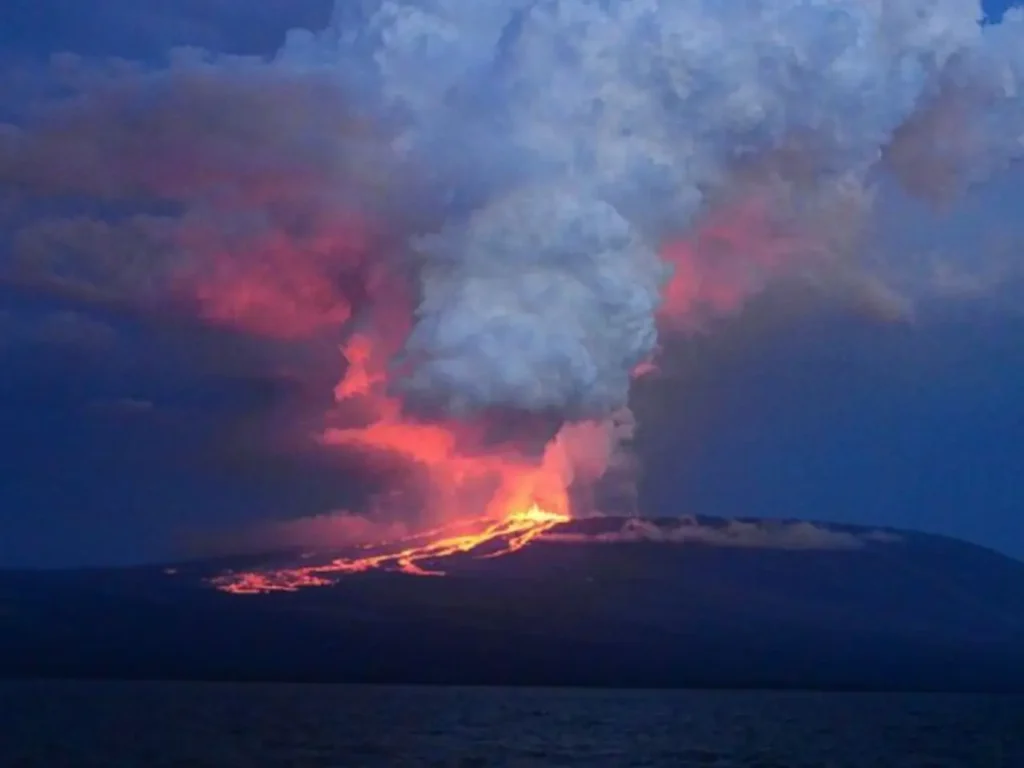
Island Hopping
Exploring multiple islands is a fantastic way to experience the diversity of the Galápagos. Each island has its own unique ecosystems and wildlife. You can hop between islands on cruises or stay on one island and take day trips to nearby destinations.
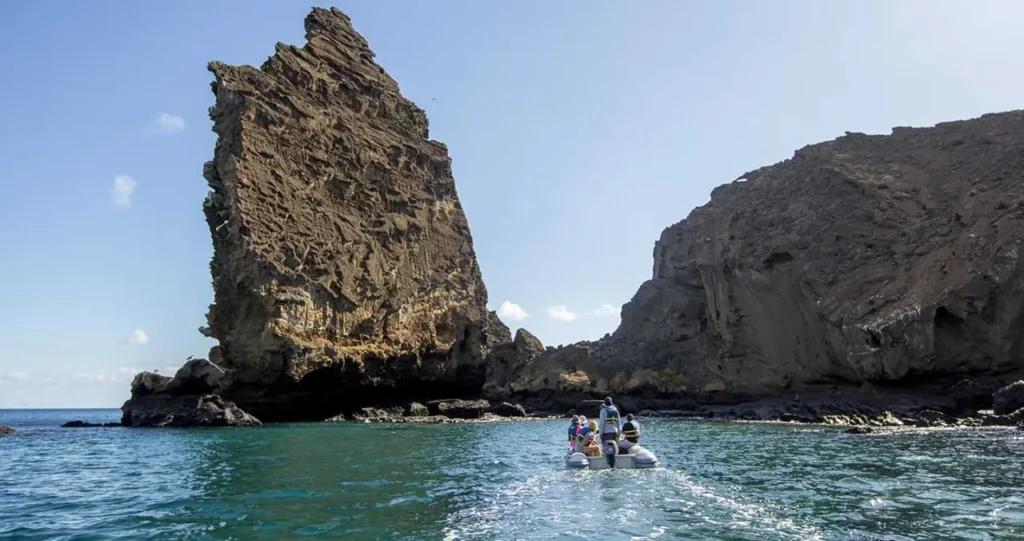
Stunning Landscapes
Beyond the wildlife, the Galápagos Islands boast breathtaking landscapes. From pristine beaches with turquoise waters to dramatic volcanic peaks and lush highland forests, the archipelago offers a stunning backdrop for exploration and photography.
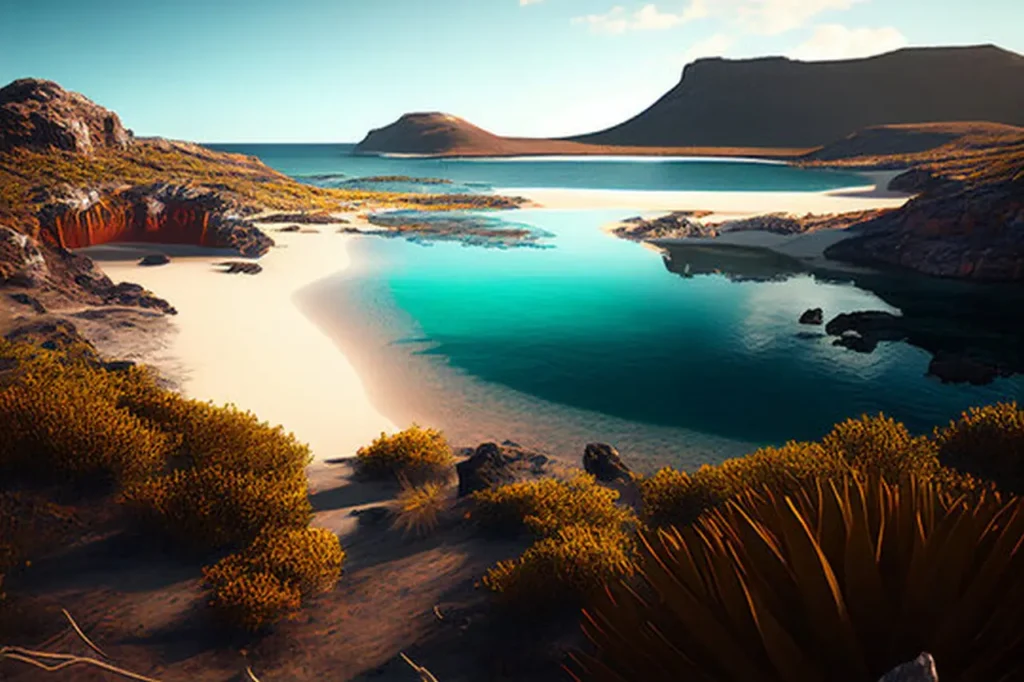
Charles Darwin Research Station
Located on Santa Cruz Island, the research station is dedicated to the conservation and study of the Galápagos Islands. It provides insight into ongoing research and conservation efforts, including breeding programs for endangered species like the Galápagos giant tortoises.

Snorkeling with Marine Life
The Galápagos Islands’ marine reserve offers fantastic snorkeling opportunities. Witness vibrant coral reefs, swim alongside marine turtles, and encounter a diverse range of fish species. The marine reserve ensures the preservation of these incredible underwater habitats.
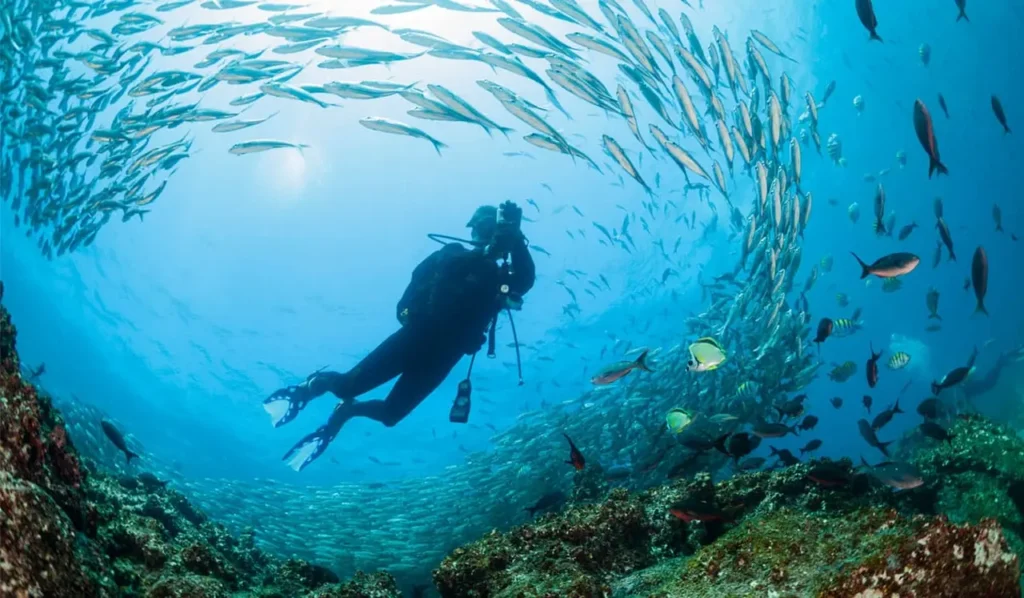
Tortuga Bay
Located on Santa Cruz Island, Tortuga Bay is a stunning white-sand beach that stretches for about two kilometers (1.2 miles). It’s an ideal spot for sunbathing, swimming, and observing marine iguanas and birds. A short hike from the main beach leads to a secluded bay known as Playa Mansa, where you can snorkel and relax.
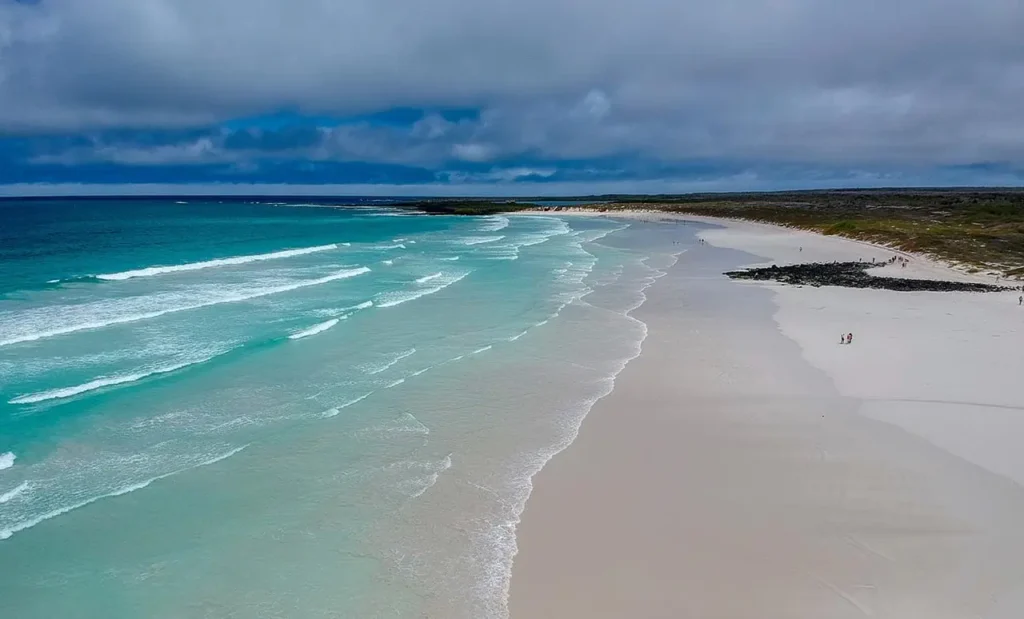
Sunset Cruises
Embark on a sunset cruise around the islands and witness the breathtaking beauty of the archipelago as the sun dips below the horizon. The colorful skies, tranquil waters, and silhouettes of the islands create a magical experience.
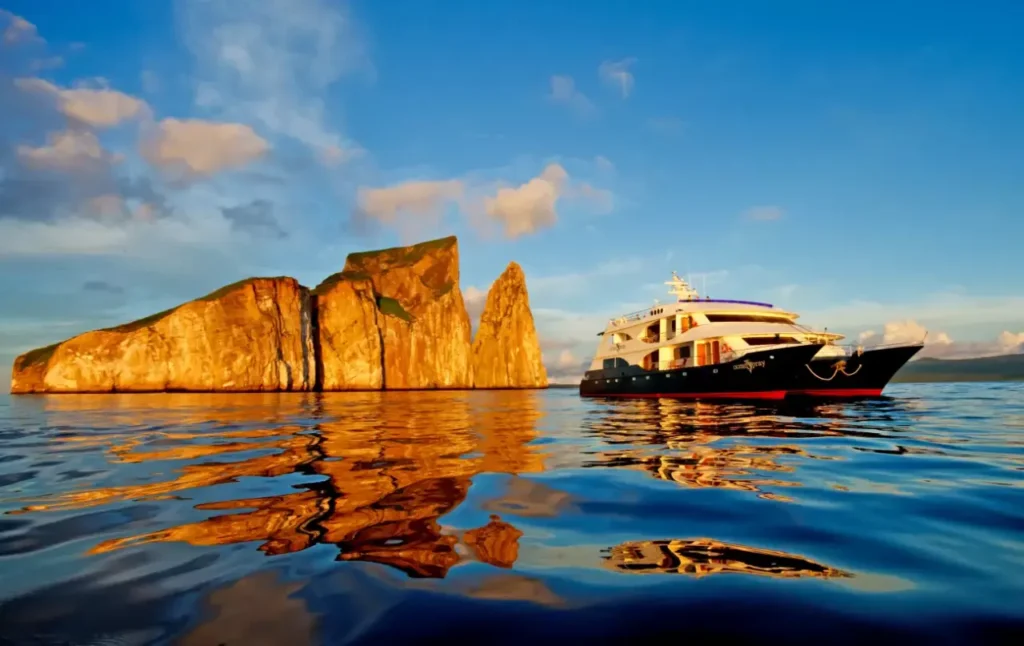
What should we pay attention when visiting the Galápagos Islands
When visiting the Galápagos Islands, it’s essential to pay attention to certain aspects to ensure a safe and responsible visit. Here are some important considerations
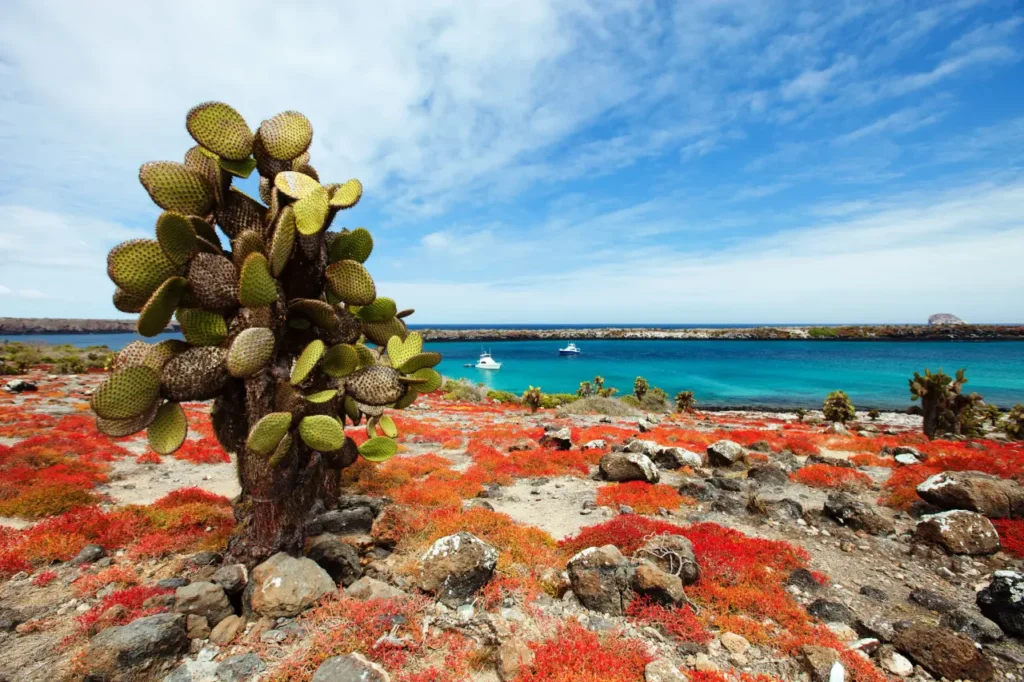
- Environmental Protection: The Galápagos Islands are a protected area, and it’s crucial to respect and preserve the delicate ecosystems. Follow the rules and regulations set by the Galápagos National Park and the designated protected areas. Avoid leaving any litter behind, and do not disturb or remove any plants, rocks, or wildlife. Stay on designated trails to minimize your impact on the environment.
- Wildlife Interaction: While the wildlife in the Galápagos is accustomed to human presence, it’s important to maintain a respectful distance and avoid touching or feeding the animals. Do not approach nesting sites or disrupt mating rituals. Follow the instructions of your naturalist guide, who will ensure that wildlife encounters are conducted in a responsible manner.
- Biosecurity Measures: To prevent the introduction of invasive species or diseases to the islands, strict biosecurity measures are in place. Before arriving in the Galápagos, make sure your belongings, especially shoes and gear, are free of any organic material, such as seeds, sand, or soil. This helps protect the unique ecosystems of the islands.
- Visitor Site Guidelines: Each visitor site in the Galápagos Islands has specific guidelines and restrictions to protect the environment and wildlife. Listen to your naturalist guide and follow their instructions regarding behavior, trails, and designated areas. These guidelines are in place to ensure the safety of visitors and the preservation of the islands’ natural treasures.
- Snorkeling and Diving Safety: If you plan to engage in snorkeling or diving activities, ensure that you have the necessary skills and follow safety guidelines. Respect the marine life and coral reefs by not touching or standing on them. Be aware of currents and tides and stay within designated areas. Avoid using sunscreen that contains harmful chemicals to protect the marine ecosystem.
- Responsible Travel: Choose tour operators or accommodations that prioritize sustainable and responsible tourism practices. Support local businesses and consider the environmental and social impact of your choices. Travel with a mindset of conservation and cultural sensitivity, respecting the local communities and their way of life.
- Health and Safety: Carry any necessary medications and ensure you have travel insurance that covers medical emergencies. Stay hydrated, protect yourself from the sun, and follow basic hygiene practices to prevent illness. If participating in physical activities or hikes, assess your fitness level and any potential risks involved.
- Cultural Sensitivity: Respect the local customs, traditions, and communities of the Galápagos Islands. Seek permission before taking photographs of individuals, and be mindful of cultural practices and sensitivities. Engage with the local communities in a respectful manner and support their sustainable initiatives.

By paying attention to these considerations, you can help protect the unique ecosystems of the Galápagos Islands and contribute to the sustainability of this remarkable destination. Enjoy your visit while being a responsible and conscientious traveler.
When is the best time to visit the Galápagos Islands
The best time to visit the Galápagos Islands largely depends on your interests and what you hope to experience during your trip. The islands have two distinct seasons: the warm/wet season and the cool/dry season. Here’s a breakdown of the seasons and their characteristics
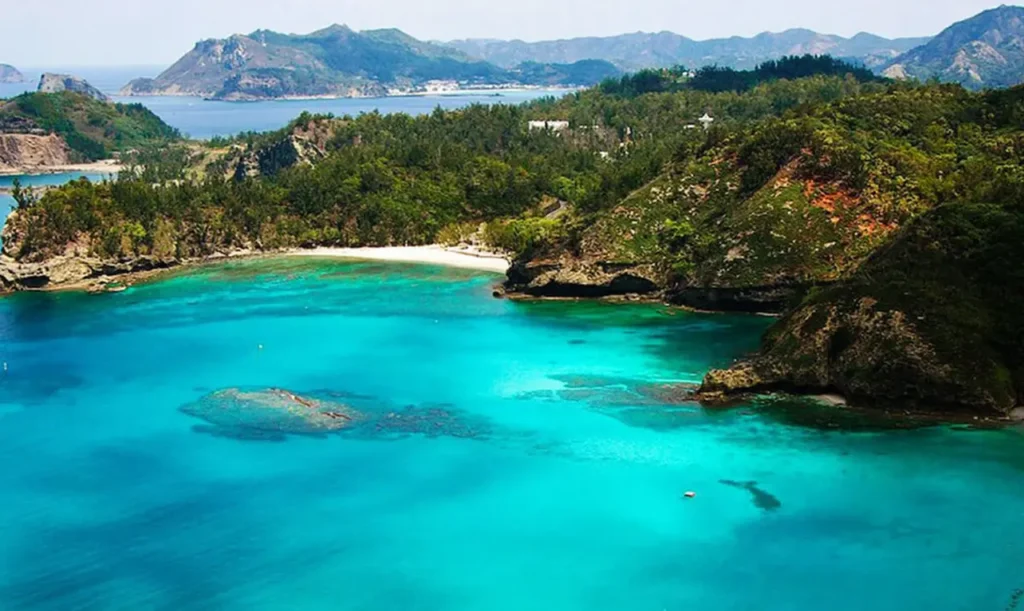
- Warm/Wet Season (December to May): This season is also referred to as the rainy season. The weather is warmer, with temperatures ranging from the mid-70s to mid-80s Fahrenheit (mid-20s to mid-30s Celsius). There are occasional rain showers, but they are typically short-lived. The warm season is known for lush green landscapes, warm ocean temperatures, and excellent underwater visibility for snorkeling and diving. It is also the breeding and nesting season for many bird species, including the famous blue-footed boobies and waved albatross. The sea is generally calmer during this period, offering smooth sailing conditions.
- Cool/Dry Season (June to November): This season is known as the dry season, with cooler temperatures ranging from the high 60s to low 80s Fahrenheit (mid-teens to high 20s Celsius). The air is drier, and the sea is cooler during this period. The cool season brings nutrient-rich waters from the Humboldt Current, attracting an abundance of marine life, including whales, dolphins, and various fish species. The Galápagos penguins are more active and visible during this time. Land-based activities, hikes, and wildlife encounters are popular during the cool season, with opportunities to observe sea lion pups and giant tortoises.
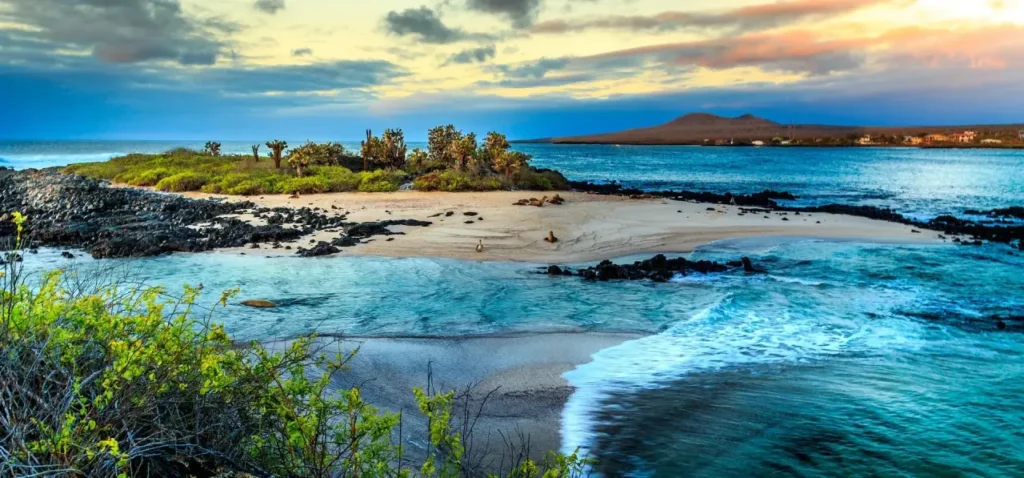
Visiting the Galápagos Islands provides a chance to witness extraordinary wildlife, explore unique landscapes, and gain a deeper appreciation for the natural world. The islands offer an immersive experience that combines adventure, education, and a profound connection with nature.
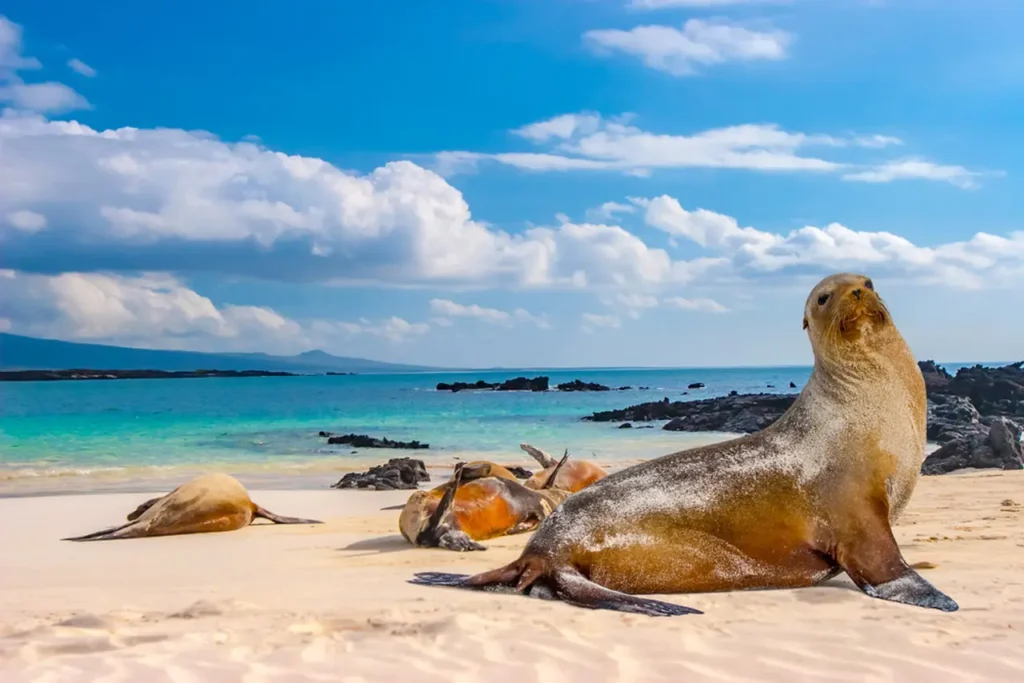
Ultimately, the Galápagos Islands offer incredible wildlife and natural beauty year-round. Consider your preferences, the activities you wish to engage in, and the specific wildlife you hope to see when planning your visit.